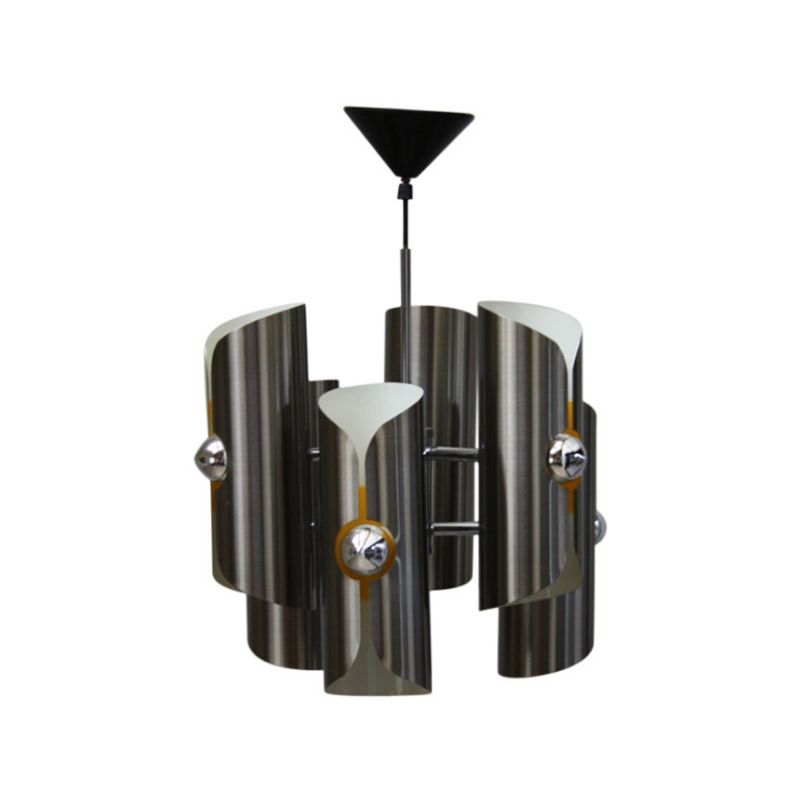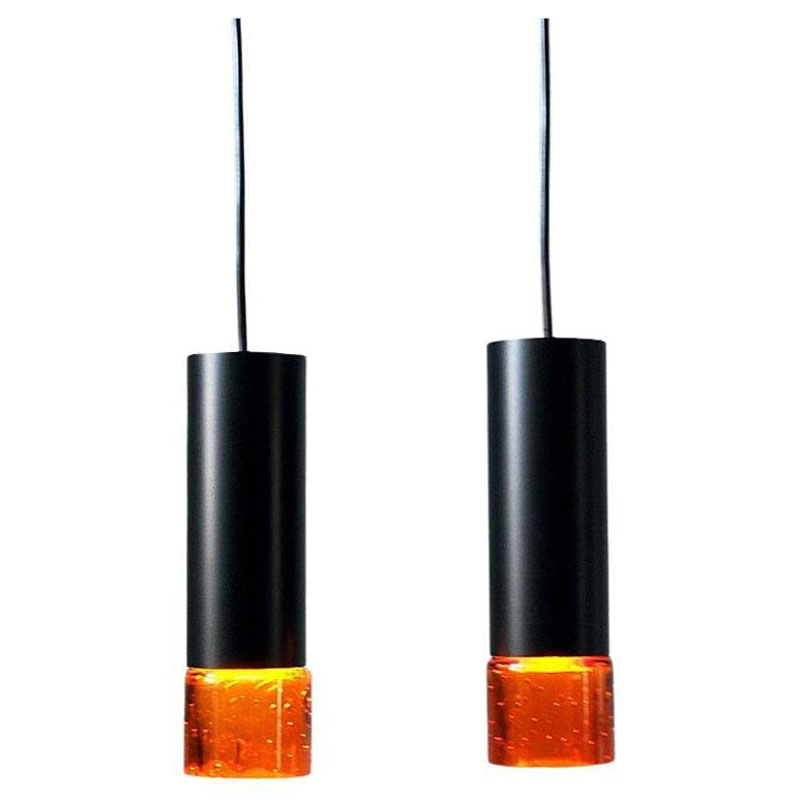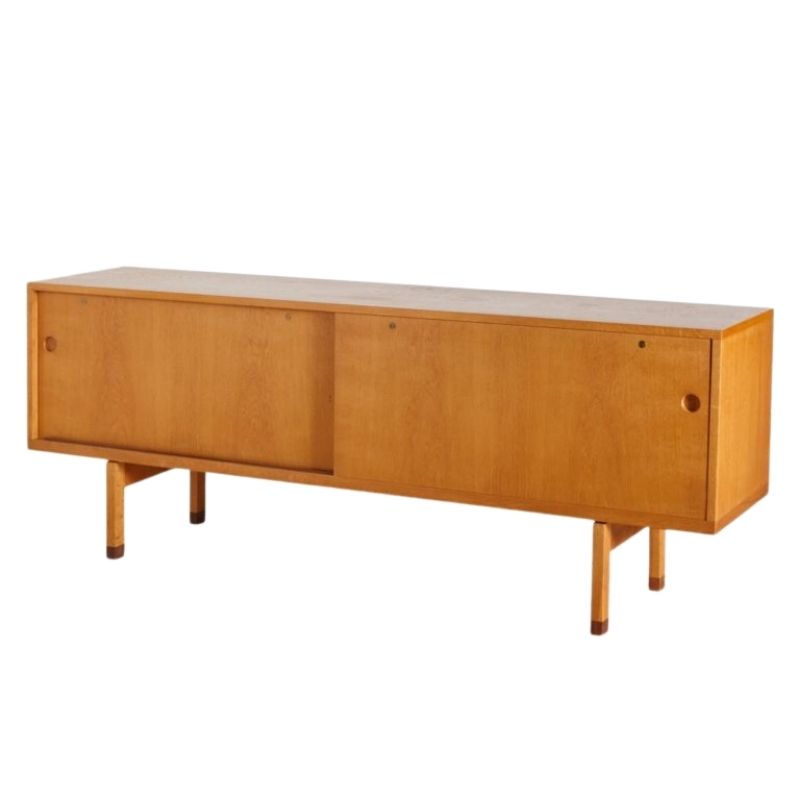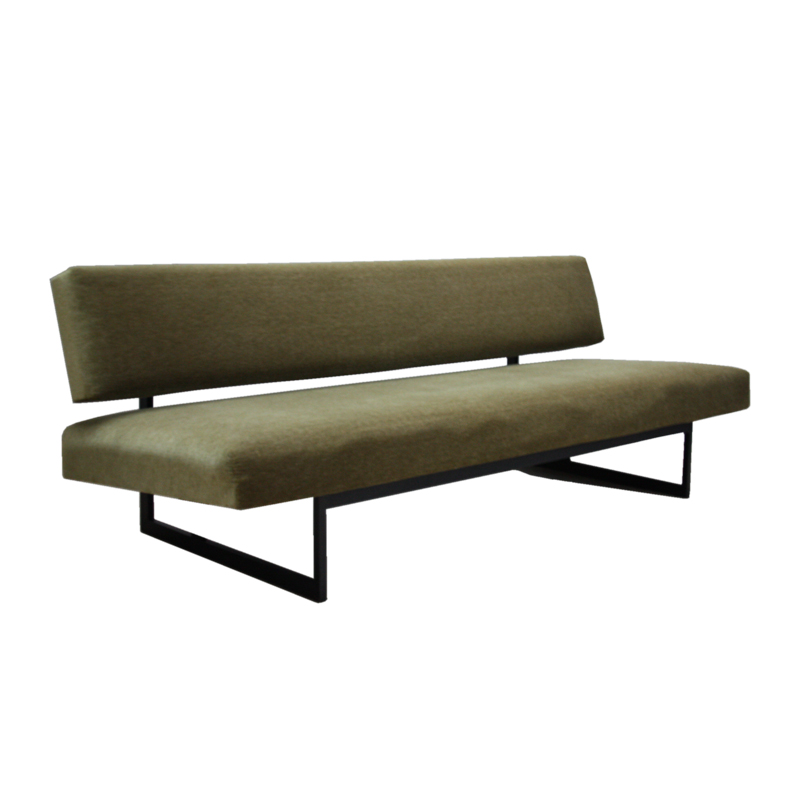I posted this under an old threead, but realise that may be dead, so have introduced it as a new one.
I have read Peter and Alfie's bickering(maybe harsh?) elsewhere with interest, but am none the wiser.
I need to replace my shock mounts and these seem to be the options:-
Peter's wooden/neoprene gizmo price unknown
Alfie's authentic(not according to Peter) mounts $99/pair
Special K $27.99 each
Graham Mancha £42 each
Herman Miller - do they supply direct? cost? contact?
Glue:-
I have seen elsewhere that Scotch-weld 1838 A/B is the stuff to use. Is this correct?
Special K do their own glue for $7.99, which is pretty cheap - is this any good?
Graham Mancha £45.60
Any chance of some expert impartial advice?
Impartial Advice
The choice is yours on the shock mounts.
As far as adhesion goes we decided to do some testing to find out what works best for mounting our shock mounts. Please note this is not for the neoprene rubber mounts.
First: 3M Scotchweld 1838L. The "L" stands for clear the standard 1838 is green. This product is not available in your local hardware stores. It is available in 2 ounce tubes but you need to buy 6 tubes from a 3M distributor. We acquired a sample from our 3M Rep. In testing we found this products viscosity to be very thin, making it difficult to keep the mount from sliding around while clamping, creating more of a mess to clean up.
Secondly: PC products PC-7. The thickest of the three products we tested, spread easily and was the most user friendly. After a quick light squeeze with a clamp the mount hardly shifted making clean up of the excess adhesive around the edge of the mount easy.
Third: Devcon 5 Minute Epoxy Gel: This is the product we have been supplying since day one. We initially tested it against Loctite Epoxy and Gorilla Epoxy and found that the thicker gel worked the best. We recently contacted our first customer of the 670 mount who also used the Devcon product and his chair is still holding up fine.
To be fair and really learn from this study we tried to do everything equal on each application. The mounts were cleaned and prepped the same way. We purchased Brazilian Rosewood to adhere the mounts to, cut from the same block and kiln dried together at the same time. The adhesives were applied the same day and all allowed to cure for 14 days at room temperature before testing. We also spent the money to have testing done by an outside source so that we would not be accused of favoring.
Even though we did not find out which of these three products was better in strength, we did learn that they all worked and the polyurethane mounts held up good as well and have improved.
We have learned that the few failures that our customers have had have been with over clamping the mount during the adhesion process creating too thin of an adhesive layer between the wood and mount. After re-adhering with less clamp pressure the problem was solved.
Some epoxy adhesives require a minimum adhesive film of 4 mils (.004?), in the case of the PC-7, the thickness of the material will not allow for less. We used a small spring clamp which only applies about 10 pounds of force.
I would think a thicker adhesive layer would not hurt.
Between the latest three adhesives we tested, all withstood forces of over 2000 lbs which will outperform the screws or most likely the veneer. So, due to the ease of use and availability we will be switching our vote to the PC-7 for our polyurethane 670 Eames chair mounts....
Impartial Advice Continued
...As far as the neoprene mounts, this is a different compound and a different method of adhesion is required.
Neoprene is one of the harder materials to bond to. We have done a little research and have found that Charles Eames did extensive studies and R&D as well to accomplish the task of bonding his neoprene shock mounts. Along with the adhesive many steps were taken to get the effective bond such as etching with concentrated nitric acid, coating parts with synthetic resins, and then adhering with modified urea formaldehyde liquid adhesives with heat and pressure, these products melt the neoprene surface to create the bond. However, as the rubber degrades over time and therefore so does the bond.
We also have documents of the different adhesives used over the years and also documents of testing by Mr. Eames that shows failure at 450 to 500 lbs of force on new adhesion, which at the time was considered acceptable for the expected life of the chair. Some of these adhesive products are still available today and may have improved over the years, but better materials and other adhesives have also evolved.
Now the option to maintain your chair either by you with confidence or by professional with remains yours.
glue thickness and springyness
Thanks for all the info. I think I will go for P7, although I find a thickness of 4 mil a bit surprising. That is equivalent to 5/32" which seems huge and I would have thought even the lightest pressure would squeeze the glue out the sides.
As regards the mounts themselves, I suppose my only reservation about polypropylene is that some have said that this material is much more springy than the original neoprene and would alter the feel of the chair, possibly with too much movement.
I used PC-7 to re-glue
a seat pan shock mount on my early '70's chair as per Alfie's freely offered advice. All four mounts had been previously replaced by HM according to the previous owner and one came off completely intact, so I scraped off as much residue from the pan as seemed appropriate, scuff-sanded, wiped with acetone, and replaced same. That was over three years ago and all seems to be holding tight. I must admit to cringing a little every time my 17 year-old flops herself into it, though.
If you need any help, please contact us at – info@designaddict.com









